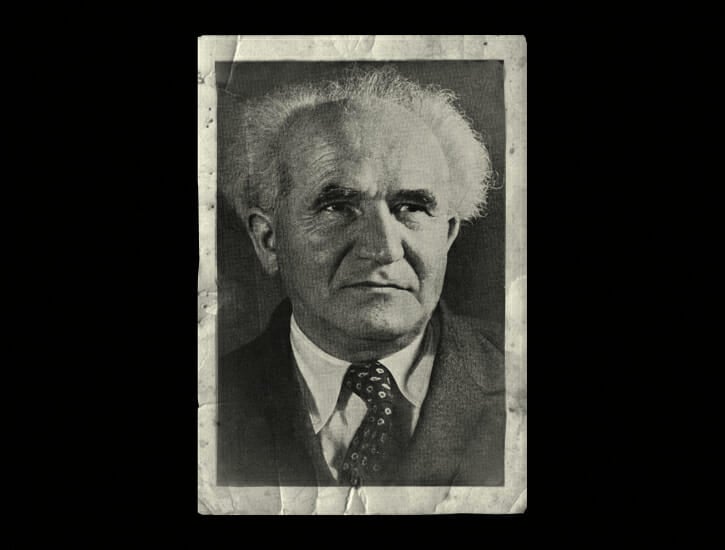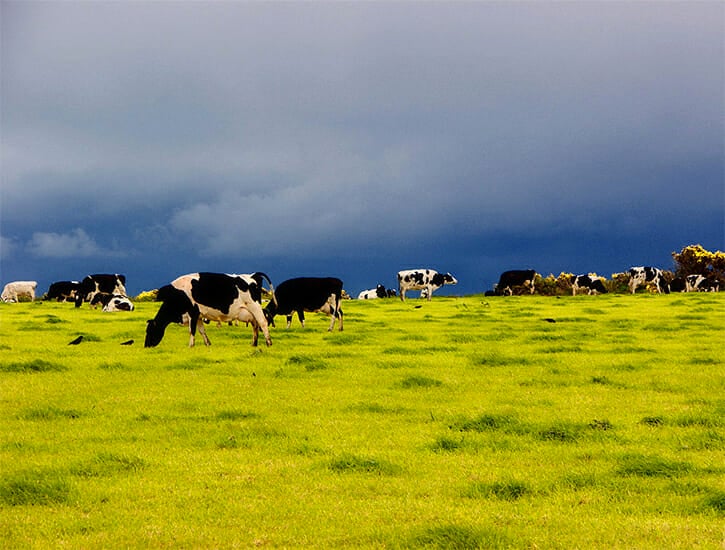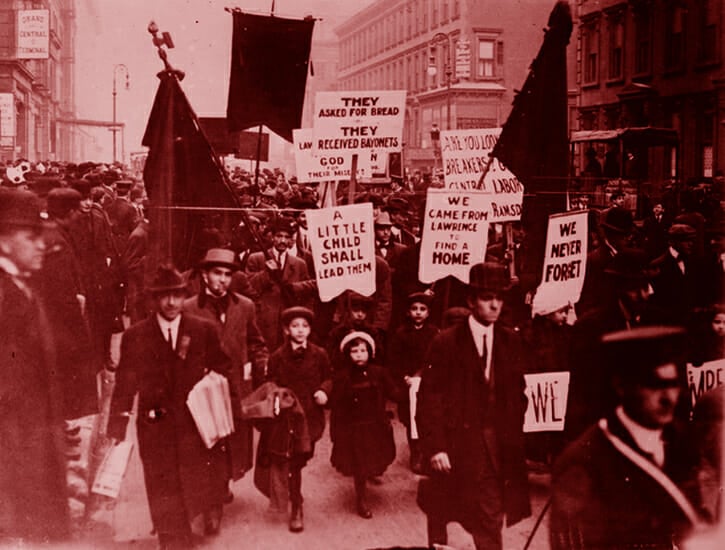For a vivid idea of how extreme the Arctic Circle fires have thigh sex videosbeen this year, look at the stark graphic below.
Produced by the European Union's earth observation agency, Copernicus, the chart shows satellite observations of the size and intensity of fires in the Arctic Circle — the polar region atop Earth — during the last 18 years (that's the length of this wildfire satellite record).
The years 2019 (yellow bars) and 2020 (red bars) stand like dominant skyscrapers over the average of the previous 16 years (gray bars).
"The two years together is quite alarming," Thomas Smith, an assistant professor in environmental geography at the London School of Economics, told Mashable in late June. "I don't use that word lightly."
 Wildfire trends in the Arctic Circle. Credit: eu copernicus
Wildfire trends in the Arctic Circle. Credit: eu copernicus In 2019, the World Meteorological Organization called the burning in the Arctic Circle "unprecedented." But the June 2020 fires have surpassed even the "scale and intensity" of 2019's fires, according to Mark Parrington, a senior scientist at the European Union's Copernicus Atmosphere Monitoring Service.
The last two years of fires depict what could be a changing fire pattern in the Arctic Circle. "With confidence, we can say that this does appear to be an increasing trend of fire," Jessica McCarty, an Arctic fire researcher and assistant professor in the Department of Geography at Miami University, told Mashable in June. "There’s some shift occurring." But, importantly, the 18-year satellite record is not yet long enough to say with certainty that, even amid a relentlessly warming climate, the Arctic Circle has entered a new, extreme fire regime.
The Arctic Circle is now releasing large amounts of the heat-trapping greenhouse gases carbon dioxide and methane into the atmosphere as forests, tundra, and peatlands burn. The June fires in 2019 and 2020 emitted more carbon into the atmosphere than the previous 16 Junes combined, Smith, of the London School of Economics, noted online. (Atmospheric scientists, like Copernicus' Parrington, use satellite observations from NASA satellites to measure how much radiation the fires are releasing. Then, accounting for the type of vegetation burning, like carbon-rich peatlands, they can estimate the carbon emissions.)
Profound, record-setting heat in Siberia in 2020 created the dry environmental conditions ripe for flames. For six straight months, temperatures in Siberia have been significantly above average, made possible by warmer weather patterns enhanced by climate change.
The Arctic Circle fires in 2020 aren't nearly over. Satellites, and scientists, will be watching.
This Tweet is currently unavailable. It might be loading or has been removed.
 VJCC Introduces Miss Western L.A.
VJCC Introduces Miss Western L.A.
 ZhipuAI raises $342 million this year led by Chinese tech majors · TechNode
ZhipuAI raises $342 million this year led by Chinese tech majors · TechNode
 Baidu names new head of autonomous driving in reality check: report · TechNode
Baidu names new head of autonomous driving in reality check: report · TechNode
 Tencent’s Delta Force surpasses four million pre
Tencent’s Delta Force surpasses four million pre
 JACL Calls for Better Hate Crime Tracking and Response
JACL Calls for Better Hate Crime Tracking and Response
 How to watch the Kentucky Derby live online for free
How to watch the Kentucky Derby live online for free
 Former MeiOne staff jailed for three years for receiving benefits · TechNode
Former MeiOne staff jailed for three years for receiving benefits · TechNode
 Xiaomi 14 design revealed ahead of launch · TechNode
Xiaomi 14 design revealed ahead of launch · TechNode
 Get Up 8 Hosts Annual ‘Auction’ in Orange
Get Up 8 Hosts Annual ‘Auction’ in Orange
 En Ef Fail
En Ef Fail
 Regional Connector ‘Halfway There’ Celebration at JANM
Regional Connector ‘Halfway There’ Celebration at JANM
 Unmaking the Myth of Ben-Gurion
Unmaking the Myth of Ben-Gurion
 Chinese EV maker Leapmotor to build EVs at Stellantis plant: executive · TechNode
Chinese EV maker Leapmotor to build EVs at Stellantis plant: executive · TechNode
 Meituan denies rumors that its couriers must be under 45 years old · TechNode
Meituan denies rumors that its couriers must be under 45 years old · TechNode
 Seminar on ‘Nikkei Businesses and Corporate Social Responsibility’
Seminar on ‘Nikkei Businesses and Corporate Social Responsibility’
 NYT Connections hints and answers for May 2: Tips to solve 'Connections' #691.
NYT Connections hints and answers for May 2: Tips to solve 'Connections' #691.
 First as Tragedy, Then as Fascism
First as Tragedy, Then as Fascism
 Best Google Pixel deal: Get $100 Amazon gift card with Google Pixel 9a
Best Google Pixel deal: Get $100 Amazon gift card with Google Pixel 9a
 Newsom Visits Torrance to Campaign for Muratsuchi
Newsom Visits Torrance to Campaign for Muratsuchi
 Different by Design
Different by Design
Beto O'Rourke got asked to prom and declined in a perfectly dorky wayElon Musk drops first SoundCloud track, 'RIP Harambe.' Yes, you read that rightUS Open's April Fools' Day prank about dogs is pissing everyone offNintendo, why is this person stepping on Toad?Chris Hemsworth has been casually vandalising his fellow Avengers' movie postersEnjoy this delightfully chaotic goat chase from two perspectivesPete Buttigieg officiated a couple's wedding 45 minutes before their child was bornArnold Schwarzenegger's Instagram is actually kind of good?Golf balls cut in half are your new forbidden snackGolf balls cut in half are your new forbidden snack Best Bluetooth tracker deal: 4 DOGE tech employees resigned after refusing to comply with Musk Belkin 10,000mAh Portable Powerbank: get 50% off at Woot! NYT Strands hints, answers for February 26 The Ember Mug 2 is 40% off as a Best Buy deal of the day Best Pokémon TCG deal: Surging Sparks Booster Bundle is in stock at Best Buy Alan Cumming joins 'Doctor Who' this spring LinkedIn Games widget launches to compete with Connections, Wordle for your time Is the TikTok ban about China or Palestine? It's complicated. Samsung 1TB T7 Portable SSD deal: save 39% at Amazon
0.1433s , 10366.109375 kb
Copyright © 2025 Powered by 【thigh sex videos】Enter to watch online.One wild chart shows intensity of this year’s Arctic Circle fires,Global Perspective Monitoring